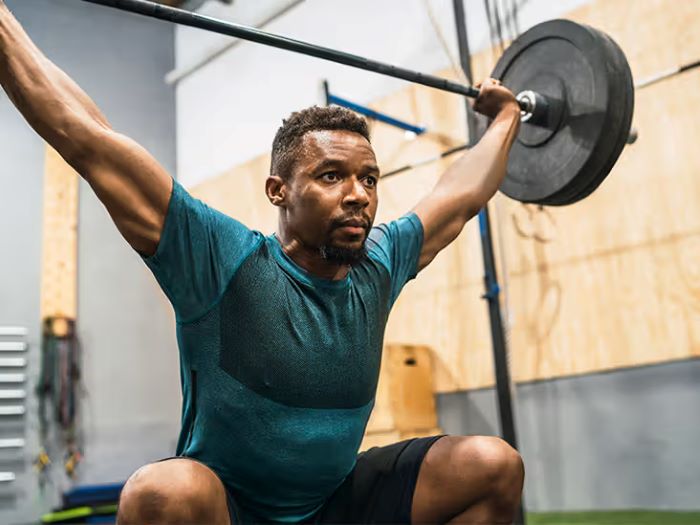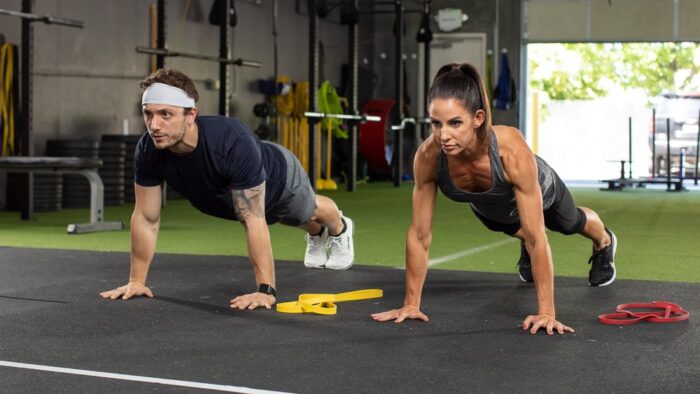The Army Combat Fitness Test (ACFT) is the newest physical assessment for soldiers in the US Army. It replaced the Army Physical Fitness Test (APFT) in October 2020 as the test of record to assess soldiers’ physical readiness. The ACFT aims to better prepare soldiers for the rigors of combat with a more well-rounded, balanced fitness program. In this article we talk about How to Achieve Balance in ACFT Training In 2024.
Achieving balance in your ACFT training is crucial for success on the test and for injury prevention. Since the ACFT requires competence across several fitness domains like strength, endurance, power, speed and mobility, soldiers must properly train all these fitness components to score well on the test. An imbalanced training program focusing too much on just one or two elements can lead to overuse injuries and subpar ACFT performance.
This blog post provides tips on designing a balanced ACFT training plan covering strength, cardio, power, mobility and recovery. Implementing these strategies will help you excel on each ACFT event while staying healthy and resilient.
Strength Training

Strength training is vital for the three ACFT lifting events: the deadlift, standing power throw and hand release push ups. These tests require high levels of total body, upper body and core strength. To improve strength for the ACFT:
- Train major muscle groups like legs, back, chest, shoulders and arms at least 2-3 days per week. Squats, deadlifts, rows, presses and curls build overall strength.
- Incorporate core exercises like planks, sit ups and rotational movements. A strong core connects upper and lower body strength.
- Focus on multi-joint, compound lifts using barbells and dumbbells. These mimic the integrated, functional demands of the ACFT versus isolation lifts.
- Use progressive overload by adding more weight/reps over time to continually build strength. Lifting heavier weights prompts further muscular and neurological adaptations.
- Ensure a minimum of 48 hours of recovery between workouts targeting the same muscle groups. Muscles grow during rest, not just during training.
Cardiovascular Endurance
To support aerobic fitness for the 2 mile run and other prolonged events, add dedicated cardio training. Useful strategies include:
- Perform 2-4 days per week of moderate-intensity runs at your goal 2 mile pace. These teach your body to efficiently run at race pace.
- Incorporate 1 long run weekly, like 3-5 miles. Long runs enhance endurance by training your muscles and cardiovascular system to work harder for longer durations.
- Implement occasional interval training of shorter, faster runs with recovery intervals. Intervals boost speed and conditioning via anaerobic training.
- Engage in active recovery via low-intensity cardio like walking, swimming, or cycling on non-run days. These facilitate recovery while maintaining cardiovascular fitness.
- Run on trails and hills 1-2 times per month to challenge different muscles and build explosive strength. Varied terrain makes you a more robust runner.
Power and Speed Development
The standing power throw and sprint-drag-carry events test your ability to generate power and move quickly. For these tests, concentrate on power production and speed:
- Perform explosive lifts like cleans, snatches and jerks to train power 2 times per week. Olympic lifts involve rapidly accelerating weights by maximally recruiting fast-twitch muscle fibers.
- Execute plyometric jumps like box jumps and broad jumps to enhance fast, explosive movement patterns needed for power throws.
- Sprint short distances like 50-100 meters once or twice weekly to gain speed for the sprint-drag-carry. Time yourself to track improvements.
- Try lateral shuffles and agility ladder drills to build lateral quickness useful for changing direction rapidly during loaded sprints.
- Implement resisted sprints via sled pulls, parachutes and bands to overload acceleration strength and teach aggressive momentum.
Mobility and Recovery
The ACFT leg tuck and plank events heavily tax the shoulders, core and grip. Without proper mobility and recovery, these areas can overwork and cause injury. Useful tips include:
- Perform self-myofascial release via foam rolling before/after workouts to alleviate muscle tightness and soreness. Roll calves, thighs, hips, back and shoulders.
- Use a lacrosse or massage ball to target dense tissues in feet, shoulders and hips. Apply direct pressure to release tension in restricted areas.
- Complete full range of motion movements before lifting like arm circles, leg swings and bodyweight squats to activate muscles and prime joints.
- Follow hard training days with easier “active recovery” days of stretching, foam rolling, lower intensity cardio, yoga, etc. Schedule complete rest days every 2 weeks or as needed.
- Support overall recovery with proper sleep (7-9 hours per night), sound nutrition and stress management techniques. These influence how well your body adapts to exercise.
Conclusion
Preparing for the ACFT requires a balanced, comprehensive fitness program covering all aspects of athletic performance. Concentrate on progressing strength, endurance, power, speed, mobility and recovery. Use this blended training approach tailored to the specific events to achieve success while staying healthy. Patience and consistency in your programming are essential – fitness improvements for the ACFT happen over consistent months and years of proper training. Trust the process and stick to intelligent training principles to maximize your ACFT performance. I sincerely hope you find this “How to Achieve Balance in ACFT Training In 2024” article helpful.

Leave a Reply